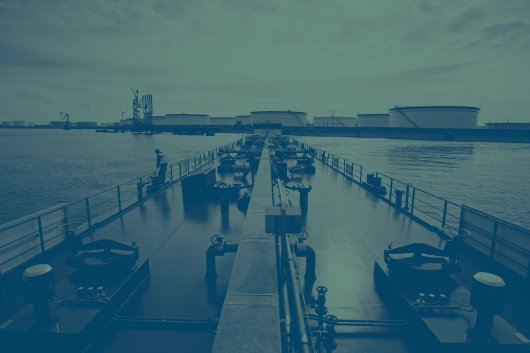More ships can achieve 'six-figure' fuel savings with new frame size for turbocharging solution: ABB
ABB says new frame size for Power2 800-M will allow more vessel types to save fuel.
ABB Turbocharging is launching a new frame size for its two-stage turbocharging solution, Power2 800-M With this addition to the portfolio, to be launched mid-2017, ABB says the benefits of increased turbocharging efficiency and fuel savings will be extended to a wider scope of advanced medium-speed engine configurations.
According to ABB, the new frame size, Power2 845-M, applicable to an increased range of ship propulsion solutions, will open up the efficiency and operational benefits to a greater spectrum of vessel types. These may include OSVs, drill and semi-submersible vessels, RoPax, ferries, as well as medium-sized tankers, container ships and bulk carriers, for main engines, DE and auxiliary engines.
Marco Burgwal, Product Line Manager, Medium-Speed, ABB Turbocharging, explained: "Two-stage turbocharging responds to the most important technology value drivers in the development of modern four-stroke medium-speed engines, reaching beyond the parameters of single-stage turbocharging. In extending our Power2 portfolio, we are achieving our product development goal of bringing these values of high efficiency for fuel savings, system compactness and flexible operation to a greater number of engine builders' customers."
Power2 800-M was designed to set new standards in turbocharging performance. The new design is said to achieve an overall turbocharging efficiency of more than 75 percent - around 10 percent higher than conventional single-stage models. For vessel owners, ABB says this can translate into yearly six-figure savings in fuel as well as significant cuts in emissions - up to 60 percent lower NOx emissions.
With engine room space at a premium on modern tonnage, ABB says careful attention was given to optimizing the layout with dedicated components for two-stage turbocharging application, resulting in a 20 percent smaller footprint than a solution based on conventional single-stage components.
Ensuring straightforward service and maintenance while minimizing downtime was another design criteria. Power2 800-M comes with an extractable cartridge for ease of service, reducing overhaul time by 30 percent.
"Based on our experience, lower service costs and maximizing availability are crucial for operators in optimizing total cost of ownership," explained Marco Burgwal.
Power2 800-M will first be commercially applied on a state-of-the-art icebreaker to serve the Yamal LNG project in the Russian Arctic. Fuel efficiency and reliability are said to have been the two major deciding factors in the design specification. Other key considerations were operational flexibility as well as performance in extreme environmental conditions as the vessel will operate in temperatures down to minus 50 degrees centigrade.
Other forthcoming marine applications of Power2 800-M include a Danish-built purse seiner/trawler to operate in the North Atlantic, North Sea, and Norwegian waters, and a car and passenger ferry to be built in Finland for a Danish operator.
Further Power2 800-M units are also on order for marine and stationary power applications, ABB said.
According to ABB, the new frame size, Power2 845-M, applicable to an increased range of ship propulsion solutions, will open up the efficiency and operational benefits to a greater spectrum of vessel types. These may include OSVs, drill and semi-submersible vessels, RoPax, ferries, as well as medium-sized tankers, container ships and bulk carriers, for main engines, DE and auxiliary engines.
Marco Burgwal, Product Line Manager, Medium-Speed, ABB Turbocharging, explained: "Two-stage turbocharging responds to the most important technology value drivers in the development of modern four-stroke medium-speed engines, reaching beyond the parameters of single-stage turbocharging. In extending our Power2 portfolio, we are achieving our product development goal of bringing these values of high efficiency for fuel savings, system compactness and flexible operation to a greater number of engine builders' customers."
Power2 800-M was designed to set new standards in turbocharging performance. The new design is said to achieve an overall turbocharging efficiency of more than 75 percent - around 10 percent higher than conventional single-stage models. For vessel owners, ABB says this can translate into yearly six-figure savings in fuel as well as significant cuts in emissions - up to 60 percent lower NOx emissions.
With engine room space at a premium on modern tonnage, ABB says careful attention was given to optimizing the layout with dedicated components for two-stage turbocharging application, resulting in a 20 percent smaller footprint than a solution based on conventional single-stage components.
Ensuring straightforward service and maintenance while minimizing downtime was another design criteria. Power2 800-M comes with an extractable cartridge for ease of service, reducing overhaul time by 30 percent.
"Based on our experience, lower service costs and maximizing availability are crucial for operators in optimizing total cost of ownership," explained Marco Burgwal.
Power2 800-M will first be commercially applied on a state-of-the-art icebreaker to serve the Yamal LNG project in the Russian Arctic. Fuel efficiency and reliability are said to have been the two major deciding factors in the design specification. Other key considerations were operational flexibility as well as performance in extreme environmental conditions as the vessel will operate in temperatures down to minus 50 degrees centigrade.
Other forthcoming marine applications of Power2 800-M include a Danish-built purse seiner/trawler to operate in the North Atlantic, North Sea, and Norwegian waters, and a car and passenger ferry to be built in Finland for a Danish operator.
Further Power2 800-M units are also on order for marine and stationary power applications, ABB said.
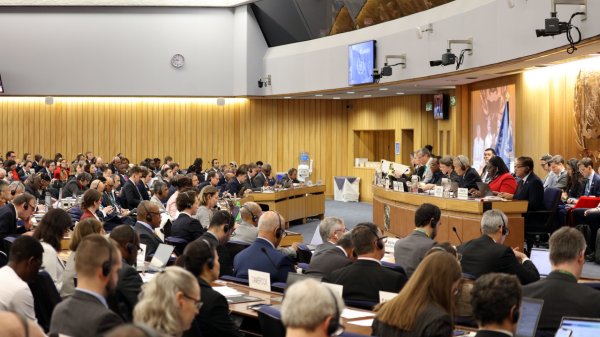
|
IMO approves pricing mechanism based on GHG intensity thresholds
Charges to be levied on ships that do not meet yearly GHG fuel intensity reduction targets. |
|
|
|
||
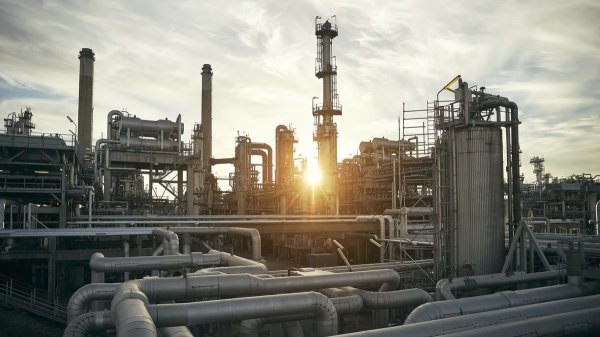
|
VARO Energy expands renewable portfolio with Preem acquisition
All-cash transaction expected to complete in the latter half of 2025. |
|
|
|
||
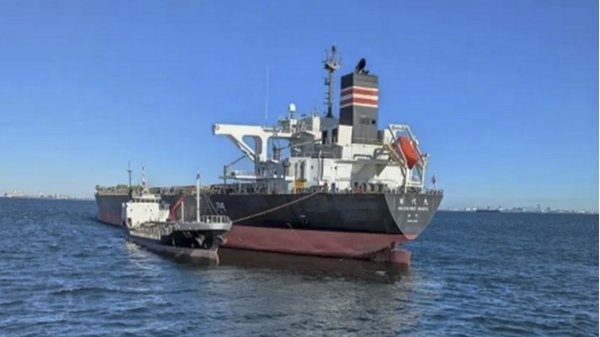
|
NYK trials biofuel in milestone coal carrier test
Vessel is used to test biofuel for domestic utility company. |
|
|
|
||
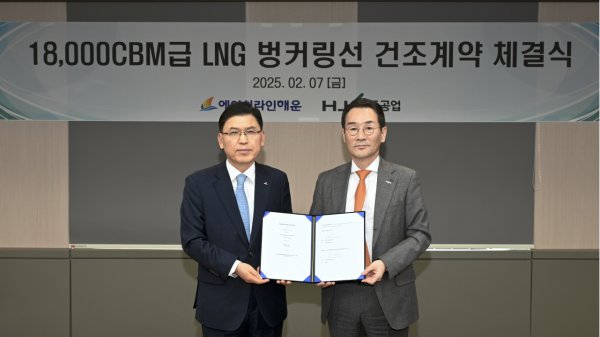
|
H-Line Shipping orders LNG bunkering vessel
Vessel with 18,000-cbm capacity to run on both LNG and MDO. |
|
|
|
||

|
How to engineer and manage green shipping fuels | Stanley George, VPS
Effective management strategies and insights for evolving fuel use. |
|
|
|
||
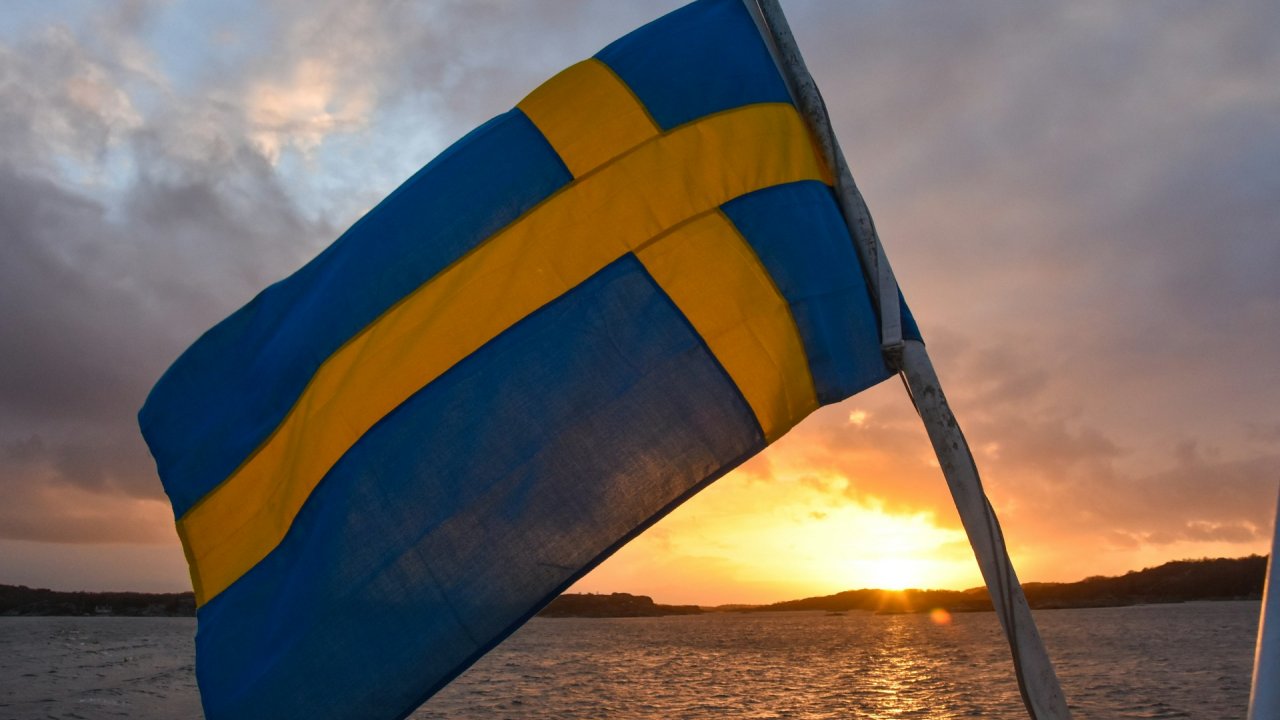
|
Swedish government bans scrubber wastewater discharges
Discharges from open-loop scrubbers to be prohibited in Swedish waters from July 2025. |
|
|
|
||
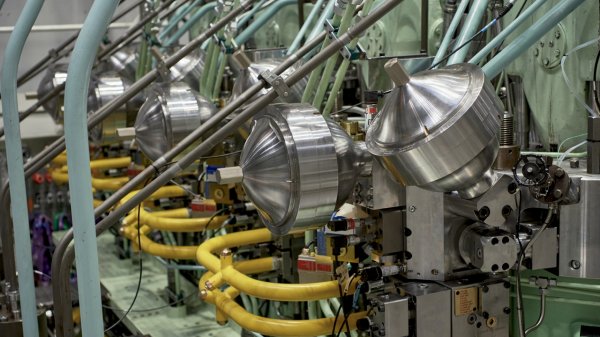
|
MAN Energy Solutions achieves 100% load milestone for ammonia engine
Latest tests validate fuel injection system throughout the entire load curve. |
|
|
|
||
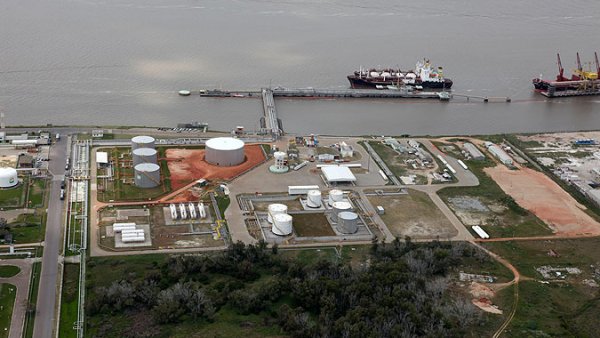
|
Petrobras secures ISCC EU RED certification for B24 biofuel blend at Rio Grande
Blend consisting of 24% FAME is said to have been rigorously tested to meet international standards. |
|
|
|
||
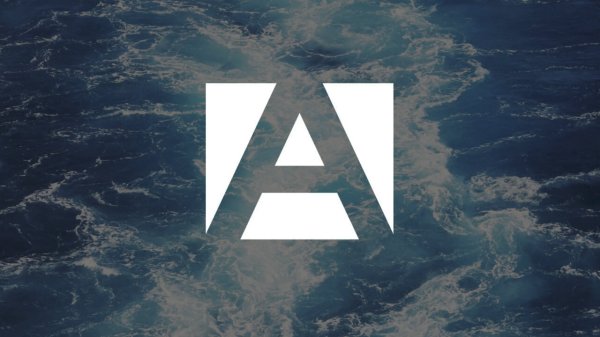
|
Stolt-Nielsen to fully control Avenir LNG with acquisition
Share purchase agreement to buy all shares from Golar LNG and Aequitas. |
|
|
|
||
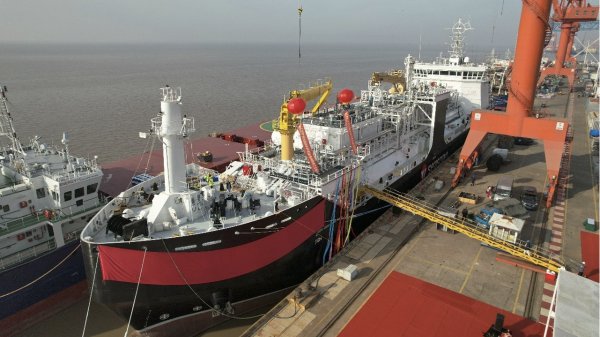
|
Bureau Veritas supports launch of CIMC SOE's LNG bunkering vessel
Handover of Seaspan Energy's cutting-edge 7,600-cbm vessel completed. |
|
|
|
||
Related Links
- · ABB hosts 'Power of the Future' roundtable [Insights]
- · DFDS ships to improve efficiency with ABB technology [Insights]
- · ABB to power new LNG FSRU [Insights]
- · ABB to power world's largest electric ferries and first automated shore-side charging station [Insights]
- · ABB presents new turbocharger at CIMAC Congress [Insights]

